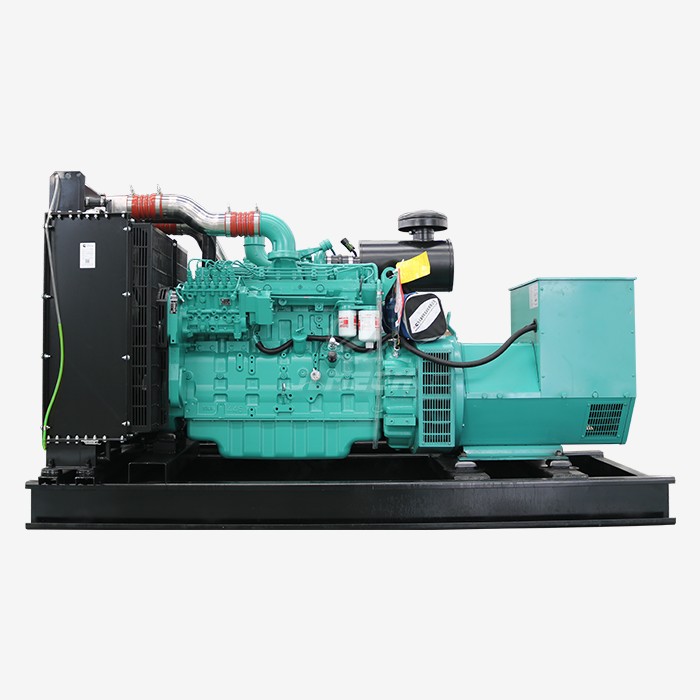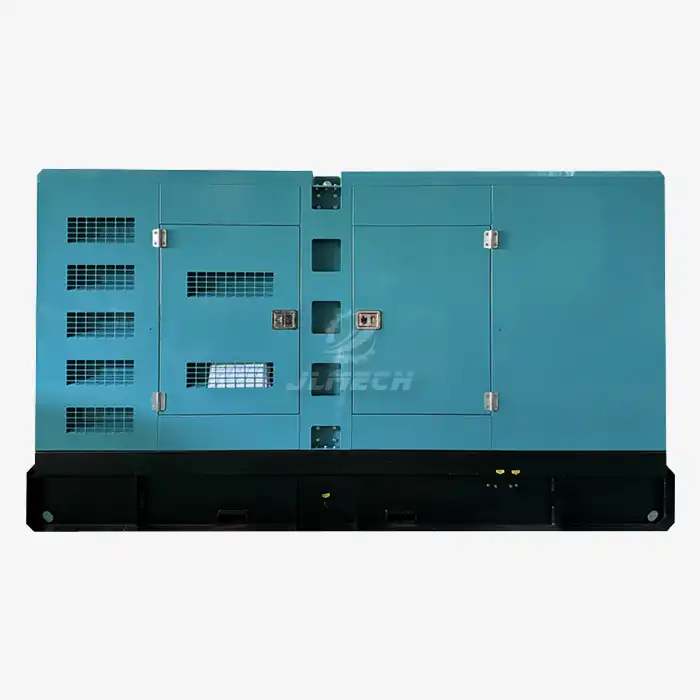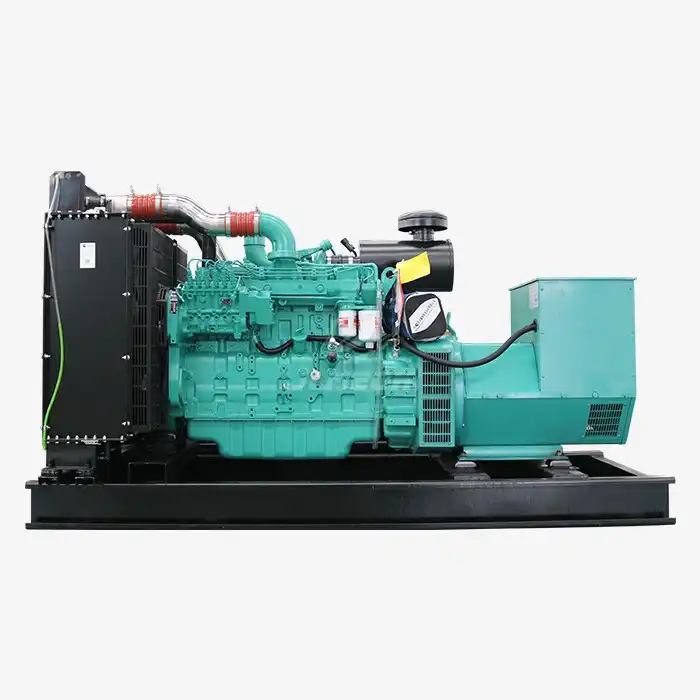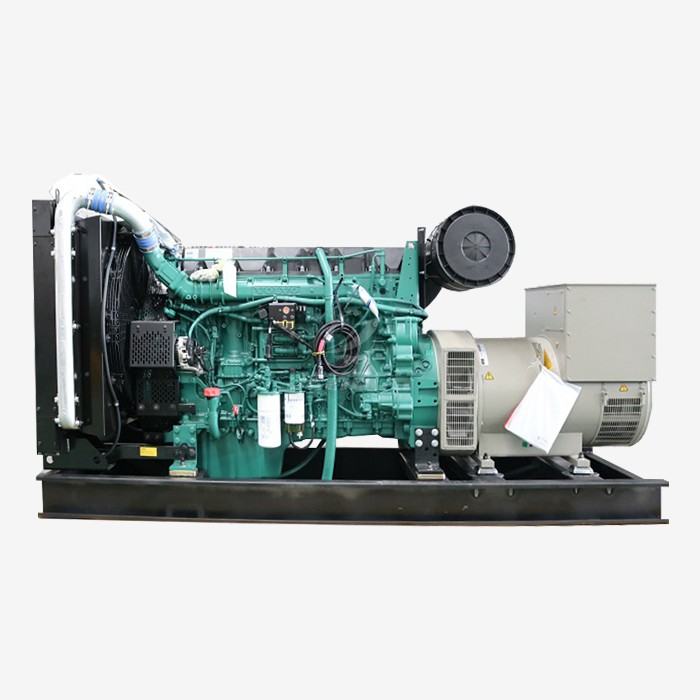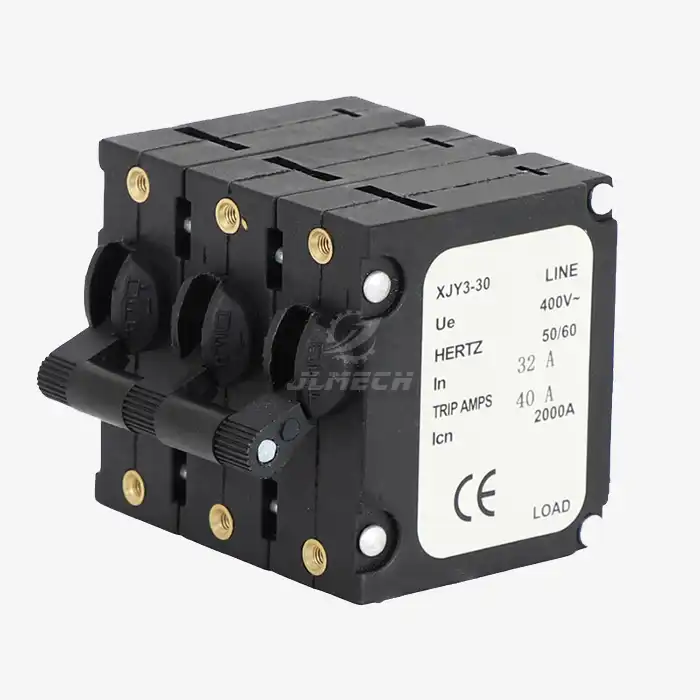What are the different types of emergency power supplies?
When selecting an emergency power system, understanding the distinct types available is crucial for matching the right technology to your specific operational needs. Each system offers unique advantages tailored to different failure scenarios, load requirements, and continuity demands. From instantaneous battery backup to robust long-term generation, the landscape of emergency power solutions provides multiple pathways to operational resilience. Among these options, the diesel emergency power supply remains a cornerstone technology for applications demanding high power output and extended runtime capabilities.

Uninterruptible Power Supply (UPS)
A UPS provides seamless, instantaneous power to critical loads where even a momentary interruption is unacceptable.
Core Function: Maintains continuous power through electro-chemical storage (batteries) with zero transfer time during outages
Key Characteristics:
Zero transfer time (typically 2-4 milliseconds)
Provides power conditioning and voltage stabilization
Limited runtime (typically minutes to a few hours)
High efficiency for short-duration coverage
Primary Applications:
Data centers and server rooms
Medical equipment in healthcare facilities
Industrial control systems
Financial trading operations
Diesel Generator Sets
A diesel emergency power supply delivers robust, long-duration power generation for comprehensive facility backup.
Core Function: Generates electricity independently through an internal combustion engine
Key Characteristics:
Typically activates within 10-15 seconds of outage detection
Provides virtually unlimited runtime with adequate fuel supply
High power output capacity (from 10kW to multiple megawatts)
Requires regular testing and maintenance
Primary Applications:
Hospital emergency power systems
Data center backup generation
Water treatment plants
Telecommunications infrastructure
Large commercial and industrial facilities
EPS (Emergency Power Supply)
An EPS system provides specialized backup for life safety and emergency systems with specific performance requirements.
Core Function: Powers emergency lighting, fire protection, and evacuation systems
Key Characteristics:
Fast but not instantaneous transfer (typically 0.1-0.25 seconds)
Optimized for motor starting and emergency lighting loads
Complies with strict fire and safety codes
Often incorporates battery backup technology
Primary Applications:
Emergency lighting systems
Fire alarm and suppression systems
Smoke control and evacuation systems
Exit signage and emergency pathway lighting
Battery Energy Storage Systems (BESS)
Modern battery systems provide extended backup through advanced electro-chemical storage technology.
Core Function: Stores electrical energy for discharge during outages
Key Characteristics:
Instantaneous response to power interruptions
Scalable capacity through battery module expansion
Can integrate with renewable energy sources
Lower maintenance requirements compared to generators
Primary Applications:
Critical infrastructure backup
Renewable energy integration
Peak shaving and load management
Facilities with moderate power requirements
Transfer Switch Technologies
Automatic transfer switches form the critical link between power sources and protected loads.
Core Function: Automatically transitions load between normal and emergency power sources
Key Characteristics:
Monitors primary power source continuously
Initiates emergency system startup upon failure detection
Provides electrical isolation between sources
Can be configured for multiple power sources
Configuration Options:
Standard ATS (for single emergency source)
Bypass-Isolation ATS (for maintenance without downtime)
Closed Transition ATS (for seamless transfer between live sources)
Selection Criteria Comparison
Choosing between emergency power technologies requires evaluating multiple operational factors:
Power Requirements:
Total load (kW/kVA) and power factor
Motor starting currents and harmonic content
Single-phase vs. three-phase load distribution
Performance Specifications:
Maximum allowable interruption time
Required runtime duration
Environmental operating conditions
Fuel availability and storage constraints
Economic Considerations:
Initial capital investment
Installation and infrastructure costs
Ongoing maintenance requirements
Expected system lifespan and replacement cycles
Comparative Analysis
| System Type | Activation Time | Typical Runtime | Optimal Application | Key Limitation |
|---|---|---|---|---|
| UPS | 2-4ms | Minutes to hours | Electronics requiring zero interruption | Limited duration |
| Diesel Emergency Power Supply | 10-15 seconds | Days (with fuel) | High-power facilities | Requires fuel management |
| EPS | 100-250ms | 1-3 hours standard | Life safety systems | Not for sensitive electronics |
| BESS | Instantaneous | Hours to days | Moderate power needs | Higher cost per kWh |
Conclusion
Each emergency power technology serves specific needs within the broader power protection landscape. The diesel emergency power supply excels where high power capacity and extended runtime are non-negotiable, while UPS and battery systems protect against even momentary interruptions for sensitive equipment. Understanding these distinctions ensures you select not just an emergency power source, but the right emergency power source for your operational continuity requirements.
Our technical team can help you navigate these options to implement the optimal emergency power solution for your facility. For a detailed assessment of your requirements, contact us at skala@whjlmech.com.
References
National Fire Protection Association. (2020). NFPA 110: Standard for Emergency and Standby Power Systems.
International Electrotechnical Commission. (2019). IEC 62040: Uninterruptible Power Systems (UPS).
Generator Manufacturers Association. (2021). Guidelines for Rating and Application of Generator Sets.
Institute of Electrical and Electronics Engineers. (2018). IEEE 446: Recommended Practice for Emergency and Standby Power Systems for Industrial and Commercial Applications.



